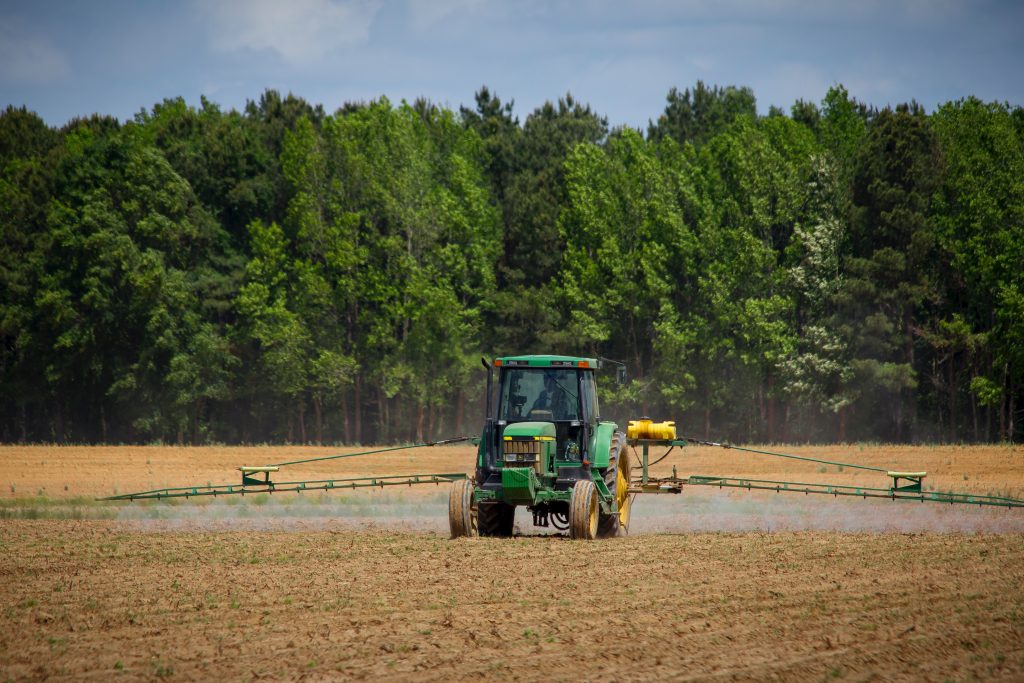Farmers of all types are people worthy of our appreciation. They grow our food and fibers. Most farmers work very hard and make a modest living. It\’s not often glamorous but many will say they love it. They love the lifestyle, the vistas, the smells, and the way it structures or at least encourages a particular type of family life.
What I\’m going to refer to as \”contemporary farmers\” do all of this within a system that has been created around them and frankly without them. Agriculture as a whole is up against a lot of forces. Perhaps the biggest is government product and price control. This control is positioned as protection but often locks farmers into a monocultural system that never seems to get big enough. Products have been commoditized and their value is viewed as a percentage of GDP rather than their impact on nearby community health and happiness. The way governmental prices setting is structured, getting bigger seems the only way to make a better living. Getting bigger means, more storage, more acreage, more machines, and more infrastructure. All of these things come with a huge cost and often interest and loans. The government tries to set the farmers up with loans to afford these things but what they are really doing is bolstering the industries that target farmers. Of the $1.053 trillion that the agriculture industry has contributed to America\’s GDP, $132 billion was farm product output. That means 12% of the money made in agriculture is food and fibers from farms. Where does the other 88% go? Well, it goes to people with better health and retirement plans than farmers.
Unfortunately, unwillingly and unknowingly many farmers take part in a system which has progressively become as much of a problem as a solution. And this needs to be corrected.
There are a lot of regenerative ideas that aren’t new but seem new to someone who’s received significant education and experience in the field of agriculture. It’s difficult to change course when you are steering a big and fast-moving ship. It’s especially hard when you look around and everyone else is doing it. It’s hard to think about being “innovative” when you are struggling to stay afloat. There are so many sad stories about farmers losing a farm that has lasted generations. The farmer suicide rate has been clocked at double that of veterans and many say that it is due to the stresses and seemingly insurmountable obstacles in front of farmers. Why shouldn\’t someone have the opportunity to feel successful when they feed thousands of people every year? Well, if it’s broke, we have to fix it! It’s not hopeless but will there ever be a more appropriate time and opportunity to innovate! If staying afloat looks like an inevitable drowning, let a crazy young permaculture enthusiast try something on a half-acre of your farm. Watch her and take what you can from it. We just might come up with a formula together to right this ship and make it even more maneuverable. But that being said, the most significant barrier to changing the course of agriculture to one that avoids poison and rebuilds soil and biodiversity is that the most influential people… those that have the ability to do the most good don\’t seem to want to change.
There have been some very positive innovations in contemporary farming that address some of the more prevalent concerns. Cover cropping is the practice of planting crops that provide ground cover over winter and have the potential to fix nitrogen into the soil or accumulate other minerals into a sort of green manure/compost. Then there is the “No-till” movement which is a segment of farmers who plant either without tilling at all or by using methods that do not as intensively disturb the soil or chop/dry/choke worms, bugs, bacteria and fungi that benefit the soil. Someone developed a grass or corn “crimper” that can weave the unused fibrous mass protecting the underlying soil from runoff and providing a cool dark place beneath. Positive steps in terms of technology. But I often have to ask if quicker and bigger is better. Quicker and bigger does not give us time to observe and for lack of a better term, organically, develop resilient systems full of strong plants and animals.
How did we get here? That is a very complicated question and here are some of the answers:
- “Efficiency” or what is perceived as efficiency.. What is SOLD as efficiency
- Humanity’s annual-based cuisine
- Our relationship/tolerance (or intolerance) of weeds
- A paradigm of “how we’ve always done it”
I will touch on each of these in future blog posts. Thanks for reading!

